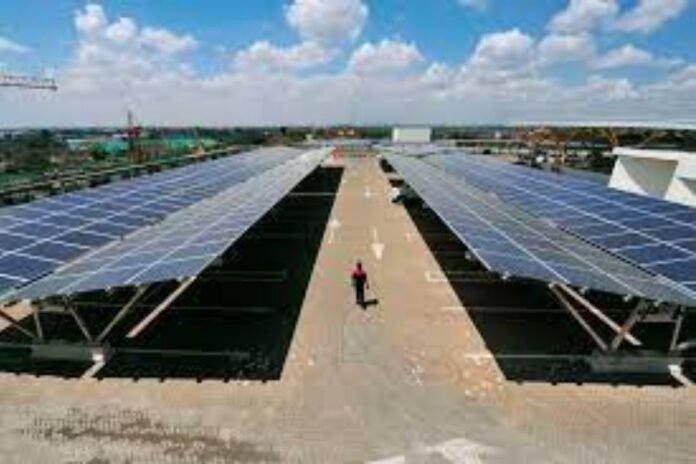Four polytechnics, including Ngee Ann (NP), will offer courses in Clean Energy starting this year. Ng Yan Hong finds out more.
Starting this year, the school and two other polytechnics will launch their new clean energy courses.
Under the School of Engineering, the Diploma in Clean Energy Management (CEM) will offer training in two key areas.
In the area of clean energy, students will explore issues concerning energy sources and supplies compared to the current state of non-renewable energy sources. The course also focuses on energy conservation and the promotion of economic, political, and environmental preservation.
With global climate changes and fluctuating oil prices, the need to find new, innovative methods of energy use and conservation has become even more pressing in recent years.
Mr Yang Kian Gap, the lecturer of the Electrical Engineering Division, says, “In the next few years, the industry will need about 3,000 skilled personnel with the CEM diploma qualification. “
Solar Technology focus
NP officially opened a $1 million Solar Technology Centre on Nov. 12 last year. Over 90 solar panels have been installed on the roofs and in various parts of the center to study the kinds of solar panels that would work best in Singapore’s tropical weather.
It is also part of the Economic Development Board’s $17 million program to promote research and testing of clean energy applications.
Under a tie-up with the Bochum University of Applied Sciences in Germany, CEM students will get to spend one semester there to join their international team in designing and building a state-of-the-art solar car.
The university is prominent among European schools and has links with international institutions in Europe, East Asia, and Singapore.
The team’s car will participate in the biennial World Solar Challenge in Australia, where teams from all over the world race their solar vehicles over the 3,000-kilometre journey from Darwin to Adelaide.
Not enough graduates
Despite the soaring demand in the energy management industry, the number of spaces available in the course is minimal. There will only be about 120 CEM graduates annually from all the polytechnics.
“Annual intake for Singapore Polytechnic (SP) and NP will only be about 140-150 due to facility constraints,” said Mr Yang.
SP was the first polytechnic in Singapore to offer a diploma in clean energy. This year, it will admit its second batch of students.
Lecturers there mainly focus on areas such as the use of clean energy as a stand-alone system and solar system design, manufacturing, and processes.
TP: Fuel Cells are important
Temasek Polytechnic (TP) will commence its Diploma in Clean Energy course this year.
“Renewable Energy Corporation has announced plans to build a $6.5 billion Solar Plant in Singapore,” explains Mr Wong Cho Loo, TP’s Clean Energy course manager. In terms of technology, TP places more emphasis on Fuel Cell and Solar Technology, which it believes has greater potential in Singapore.
Host to the Singapore Fuel Cell Community, TP’s program will also cover more advanced solar technologies like dye-sensitized solar cells on top of traditional silicon solar cells.
NP students, in comparison, can look forward to using the latest equipment at the new center to monitor the quality of solar power generated and design and test solar-powered systems.

